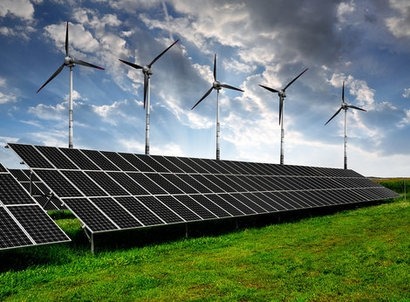
Solar is particularly likely to be affected by misalignment, particularly when compared to market indicators. Out of the 23 national grid plans with sufficient data, 19 undershoot the expected deployment of solar by 2030 as indicated by realistic market outlooks. This would mean a mismatch of 205 GW, almost equivalent to the total solar capacity installed in the EU today (263 GW).
“We can’t afford to overlook grids” said Ember analyst Elisabeth Cremona. “They risk holding Europe’s supercharged energy transition back if plans aren’t updated. Making sure solar and wind can actually connect to the system is as critical as the panels and turbines themselves.”
This mismatch between expected capacities and grid planning could mean that grid congestion could worsen. As well as posing a risk to meeting wind and solar targets, this could be expensive: failing to address grid capacity issues already constitutes a substantial cost for many European countries. In 2023, Spain spent more to manage its already congested transmission grid than it invested in its development.
The analysis finds that these gaps are likely due to the structure of grid planning processes, as by the time the plans are published the information they are based on can be many years out of date. This poses a challenge given that the rollout of clean technologies has rapidly accelerated since Russia’s invasion of Ukraine, with national targets and market conditions changing quickly.
Ember’s analysis concludes that this lag could potentially be addressed through revisions to regulatory frameworks, by allowing for more timely information to be used as the basis of planning. Already grids have moved up the political agenda in recent months, with the European Commission’s Grids Action Plan in November 2023 setting out key interventions.
For additional information:

